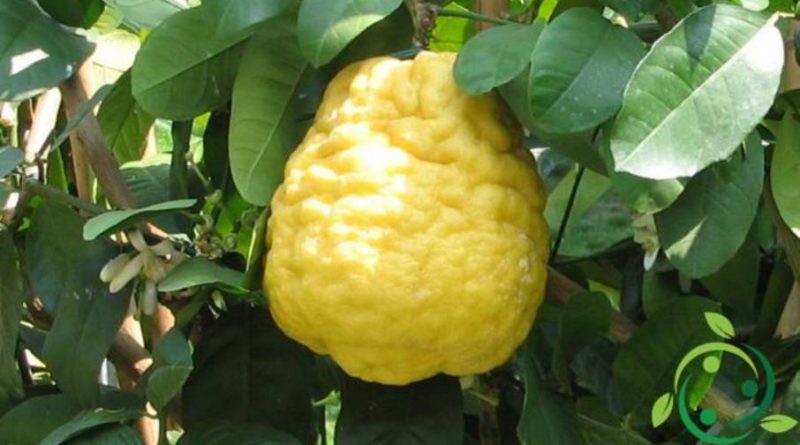How to prune the Cedar
How to prune the Cedar
Cedar (Citrus medica L.) is a tree of the family of rutaceae and is considered one of the three citrus species from which all the members of the genus known today come, together with pomelo and mandarin. In this sheet we will see how to prune the cedar and the most useful measures for this technique. As with other citrus fruits, even the cedar can be grown on the globe. Let’s see how to get to that form.It starts from a young seedling to which they are left at 60-80 cm from the ground 3-4 rows, then with an angle between them of 120 ° or 90 °. These branches must be inclined 60 ° from the vertical, obviously in a symmetrical position and their insertion points must be about 10-15 cm apart from each other; if any branches are found, these must be eliminated. Especially in the phase of formation of the form interventions must be limited to the minimum necessary to avoid to curb the vegetative capacity of the young seedling. As time goes on, within two or three years, these branches will be covered by more or less thick vegetation, also in relation to the variety.
The current trends, in order to use all the available space, aim at obtaining a form of full-blown breeding, that is to make the vegetation of the branches expand to the ground. As in the Cedar, like other citrus fruits, the fruiting occurs on the branches of the previous year and the growth of the branches normally occurs in three periods: spring, early summer and autumn. The floral induction of the buds begins during the winter rest period, while the maximum content of reserve substances in the leaves and branches occurs during the months of February and March. The setting of the flowers depends on the quantity of reserve substances present in the plant. For this reason pruning, therefore, should never be performed in February and March, when there is the accumulation of reserve substances. In addition, periods when temperatures are very low or very high should be avoided. Once you reach the desired shape, you should never exaggerate with pruning, limiting only to interventions that tend to lighten the foliage, eliminating the dry, broken or debilitated branches after they have already flowered or those curved downwards. Another important intervention is that of suckers, that is the long branches without fruits, which must be eliminated when they come from the basal part of the larger branches, while those located in the most peripheral areas of the foliage can be limited to the spot. If you observe a certain bundling of the shoots you must make a light and gradual thinning to ensure that the branches are properly spaced. On this species, pruning should be done every year, to avoid alternating production. Summarizing then: in the juvenile stage of breeding cuts should be avoided as much as possible, not to delay the entry into production, proceeding eventually to the removal of suckers only; adult plants should not intervene too severely so as not to alter the relationship between vegetation and production: excessive cuts favor the vegetation at the expense of fruit formation. Instead, pruning is necessary when parasitic attacks from cochineals occur and when the height of the plant no longer allows easy collection from the ground.

